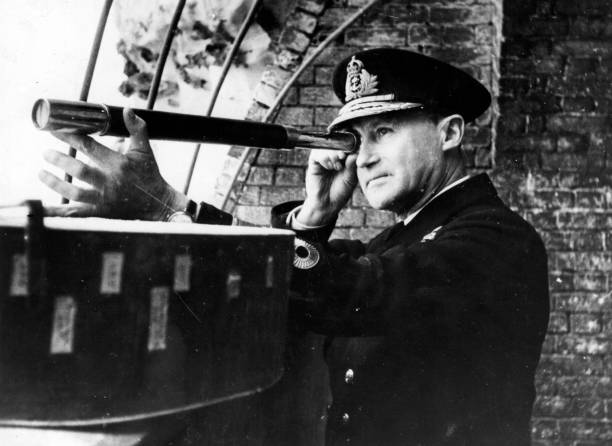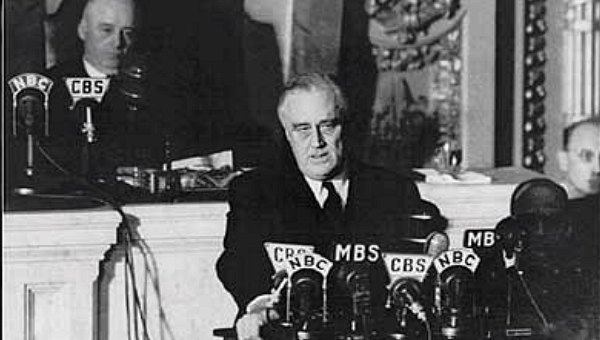Why couldn’t the Royal Navy, vastly superior to the German Navy, provide more support for the Dunkirk evacuation?

The “Miracle at Dunkirk” was an astonishing operation that was put together on the fly by a previously retired British admiral named Bertram Ramsay, who dragged the Royal Navy brass with him.
As the operation got underway, the Luftwaffe attacked with vigor, since Goering had assured Hitler that his planes could keep the British pinned to the beach. So many British ships were hit that the First Sea Lord (military head of the Navy), Dudley Pound, withdrew the most modern destroyers, leaving Ramsay with the less capable older ships. Ramsay had a phone chat with Pound and must have been very persuasive, because the new ships were restored and went back to work fighting off the Luftwaffe and picking men up from the breakwater at Dunkirk.
What really saved the BEF, of course, was that the RN commandeered dozens of ferry boats, coastal steamers, barges, lighters, work boats, trawlers, and shallow-draft craft of every kind. Along with cabin cruisers and pleasure craft, they picked up men from the beaches as well as the breakwater. About 198,000 British soldiers and 140,000 French and Belgian troops were rescued.
Since the soldiers could not walk on water, the Royal Navy was of course instrumental in the Dunkirk operation. But at first the high command could not imagine rescuing so many. (Neither could the Army high command, actually.) It was largely thanks to Ramsay’s persistence, dogged determination, and willingness to slash or ignore red tape that the “root and core and brain” of the British Army (as Churchill put it) was successfully carried off.
